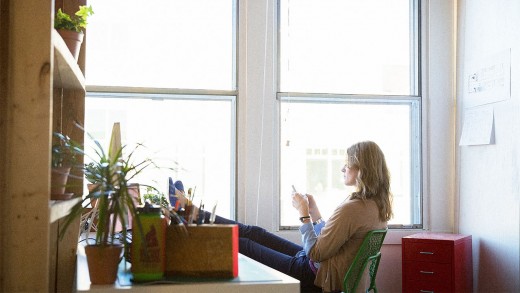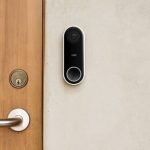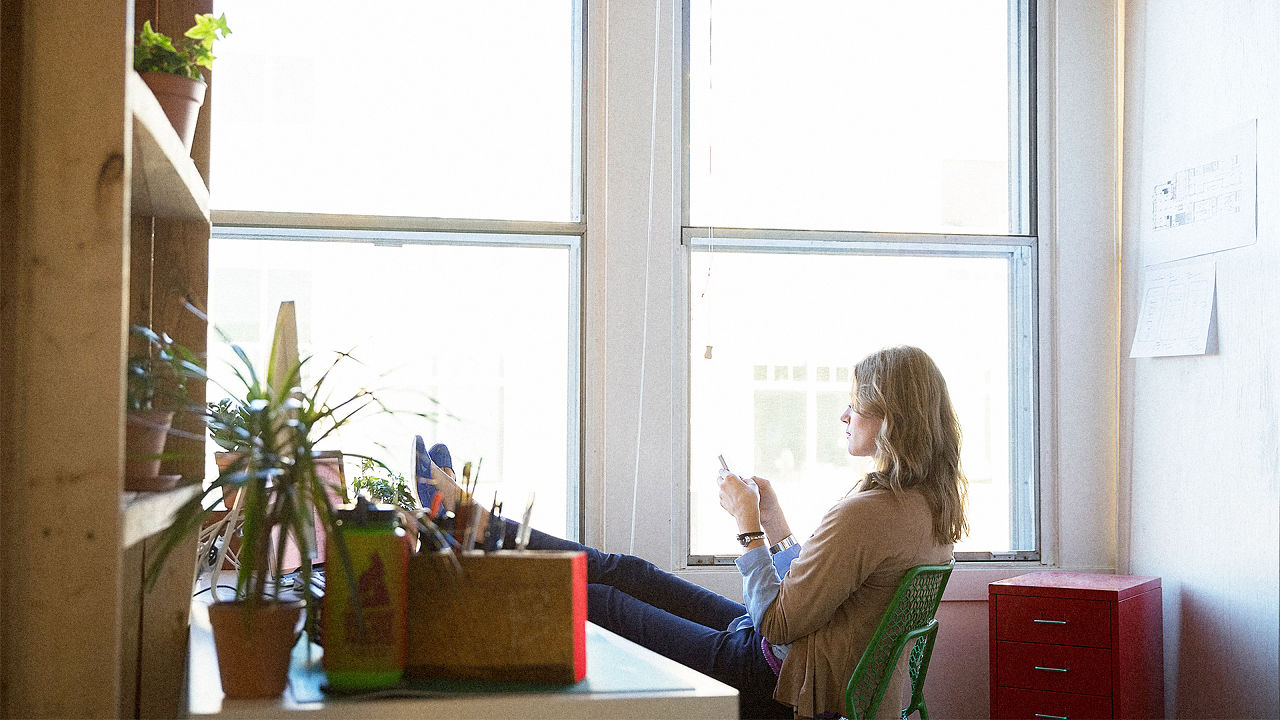the best way to Take probably the most fresh Work spoil: 7 proof-Backed Insights
For one factor, do not worry the micro-spoil.
October 14, 2015
for those who’re a standard worker, you are taking a few minutes every hour to accomplish something along with what you’re paid to do. This was once genuine long before cat GIFs and Slack emojis; way back to 1940, in step with an early study of damage conduct, clerical workers were slipping away for three valuable non-public minutes an hour. the most recent estimate, with the internet era in full impact, is closer to seven minutes and change—or some fifty eight minutes away for a full eight-hour work day.
Taking 10 p.c of the paid day to your own pleasure may appear to be a gross violation of corporation trust. however pacing yourself is key in a related age that extends the work day a ways beyond the proverbial punch card, and brings larger risk of burnout. businesses themselves obviously relish the productiveness benefits of just a little time away; just have a look at the elevated incidence of office amenities that encourage breaks, from nap pods to super slides.

So the key query isn’t in point of fact whether or no longer breaks are a good suggestion, however what sorts of breaks do one of the best job restoring an employee’s capacity to handle the duties in advance. There’s no magic components, in fact, however a look at probably the most recent proof on this rising line of inquiry produces seven fascinating insights—one for every minute you had been going to take off this hour anyway.
1. the earlier The smash, the simpler
many of our cognitive resources—and indeed, the very size of our brains—decrease as the day goes on. On one hand, that would possibly appear like a cause to do as 5-Hour vitality suggests and take a late break to keep away from That 2:30 Feeling. however, if there is a regular decline in our abilities, it may make sense to interrupt early and stay close to the top of the performance chart so long as that you can think of.
to check that question (amongst a number of others), administration students Emily Hunter and Cindy Wu of Baylor college recently requested 95 staff to document their spoil task each day for a piece week. Hunter and Wu additionally amassed information on levels of concentration, physical and emotional fatigue, and job satisfaction. Their results, pronounced in the Journal of utilized Psychology, exhibit beautiful clearly that breaks taken past within the shift led to better results than these taken later.

“We discovered that after extra hours had elapsed for the reason that beginning of the work shift, fewer tools and more symptoms of bad well being were pronounced after a smash,” they write. “therefore, breaks later in the day appear to be much less effective. . . .”
The findings align with earlier conceptual work arguing for the “front-loading of relaxation breaks” over a time table that spaced out breaks evenly throughout the day. clearly you don’t wish to take a smash proper whilst you get to the workplace. but the normal idea is that breaking early keeps your colleges near the high settings they’d when the day started out, so by the point the work day is done, they gained’t have dipped so notably.
2. quick Breaks may also be just As highly effective As long Ones
A pure fear with an early break time table is that it is going to stop you from getting into a piece groove. however breaks don’t need to be long to be efficient. The prior two years have produced analysis on the undersized might of micro-breaks, generally defined as a damage that’s not up to 10 minutes. actually, even 60 seconds faraway from a job can do the trick.
A survey of 124 full-time office workers in Australia—administrators, center managers, advertising and marketing other people, and so forth—discovered that micro-breaks diminished self-stated fatigue and elevated vitality over the route of a work day. Twenty-one tiny duties, from going to the lavatory to looking the interwebs to staring out the window to having a smoke gave the impression to enhance smartly-being. In a 2014 difficulty of the Journal of Vocational behavior, the researchers who conducted the find out about argue that “supervisors should provide workers permission in addition to present encouragement and sure reinforcement to take micro-breaks.”
Virginia Commonwealth university doctoral candidate Andrew Bennett reached a similar conclusion in a 2015 dissertation. using an experimental method, Bennett simulated work fatigue in a lab, then gave take a look at members a one-, five-, or nine-minute smash that involved watching a funny video, staring at a meditation video, or doing a new activity. across the board, with few exceptions, he discovered that the minute-lengthy destroy offered related (although not at all times superior) advantages to the longer breaks in the case of reducing fatigue, rising vigor, or sharpening attention.
“In other phrases, the conception that ‘more is best’ with regards to quick breaks all over work time is probably not proper,” he writes.
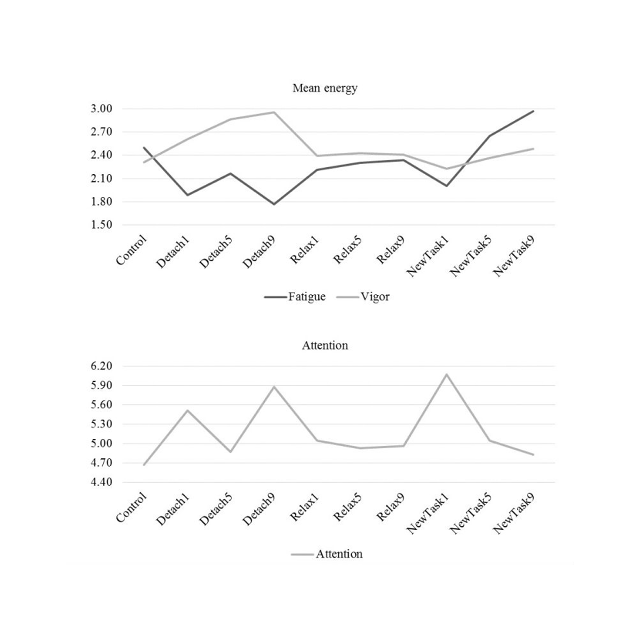
three. What You Do Is much less necessary Than What you wish to have To Do
The instinct all through a destroy is to do anything but work. certain enough, in his scan, Bennett found that people who indifferent from work throughout their smash by means of gazing a humorous video mentioned less fatigue, larger vigor, and elevated consideration. The video clips were from Saturday night time live, so it’s not even essential for them to be funny to be an effective distraction.
but zoning out isn’t the only clean destroy option. Bennett found that, for some people, doing any other work-associated task has its own advantages—particularly, elevated consideration and lowered fatigue. while he called this discovering “shocking,” he’s now not the first to succeed in it. A 2011 study of 214 skilled and clerical workers found that eight in style work-associated tasks gave them a lift of publish-destroy vitality with out making them more drained. These duties tended to fall beneath the classes of studying something work-related, reflecting on job performance or that means, or bettering relationships with colleagues—in different works, taking a bit of of down time to get better at the job they do the rest of the time.
“In sum,” write the researchers, “what issues most for managing human power at work seems to be strategies people pursue in the doing of their work.”
What both types of breaks share, whether or not or no longer they’re related to work, is that they provide the individual some enjoyment. in their 2015 paper, Hunter and Wu give a boost to this lesson. They discovered no relationship between low-effort actions and employee recovery, for example, however when employees did actions they “most well-liked” all over breaks—no matter those might be—the implications have been elevated job delight and reduced exhaustion. It’s your time. provided that it’s SFW, do what you love.
4. Walks Can improve Creativity
if you’re in search of tips on what to do all over a destroy, it’s essential to do so much worse than an old-fashioned stroll around the block or pacing across the place of work—especially if your job requires a good deal of creativity.
in one recent experiment, section of a larger study on the creative affect of strolling, researchers gathered forty check participants and put them in four different scenarios. Some sat inside, some walked on a treadmill inside, some sat outside, and a few walked outside. Afterwards, the participants generated analogies for a collection of prompts. whether or not outside or indoor, the people who had walked around came up with responses judged as being larger high quality or particularly novel.
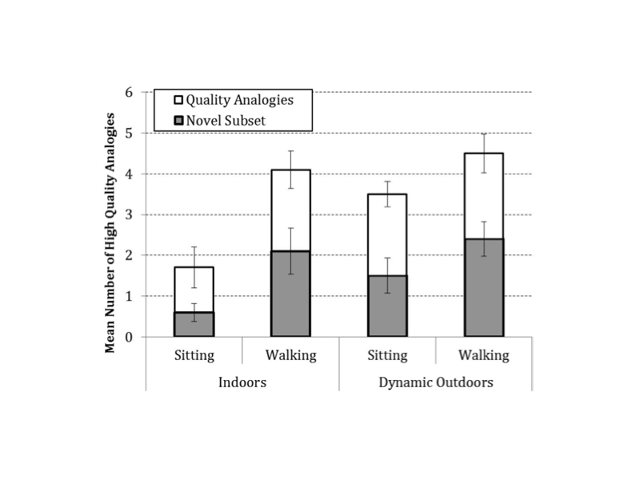
“strolling is a straightforward-to-put in force technique to increase acceptable novel concept generation,” the researchers write in a 2014 issue of the Journal of Experimental Psychology: learning, memory, and Cognition. “When there is a top rate on generating new ideas within the workday, it should be beneficial to include walks.”
And hello, if that you can’t get away from the desk all day, give a treadmill desk a are attempting.
5. And Nature Walks Can raise attention
whilst you’re up and about on wreck, take a stroll through a nearby park if that you can think of. it’ll do wonders on your consideration. The restorative energy of nature on the tired thoughts is likely one of the strongest findings in brand new psychology. over and over, test participants who walked via a tree-filled landscape carried out higher on cognitive consideration tasks than others who took a stroll via a standard city atmosphere. Whereas lively city streets require further mental instruments, nature is thought to provide the thoughts a breather.
If you could’t get out of the place of job, or for those who’re extra the micro-damage type, find your self some trees on the street or a neighboring roof. Writing in the Journal of Environmental Psychology prior this yr, Australia-based researchers document that a 40-second glimpse of a picture of a flowering green roof gave check participants a lift on an attention process, in comparison with participants who checked out a picture of a undeniable old concrete roof. “[M]icro-ruin views of a inexperienced roof could assist staff prime-up their attention resources as they turn into depleted in the place of business,” they document.
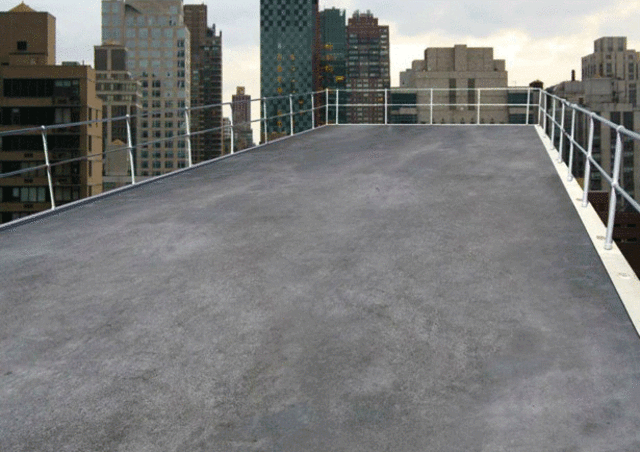
And if your views are no excellent, or you don’t have one, observing a desk plant can give your productivity a little bump, too.
6. Don’t Get pressured Into Lunch Plans
Lunch is the longest break of the day, but that doesn’t mechanically make it the most refreshing one. What matters most, in keeping with one new find out about, is whether or now not you come to a decision for yourself methods to spend that point.
For the study, 100 staff achieved questionnaires about their lunch breaks for 10 straight work days. These participants stated what they did for lunch (did they socialize, calm down, or even work somewhat?), how a lot autonomy they had over the break (might they go the place they wanted or was some job or vacation spot required of them?), and the way tired they felt at the end of the day.
typically conversing, the researchers found that as autonomy elevated, fatigue declined. for employees who spent their lunch socializing or working, that result makes sense: in the event you spend all of lunch chatting or doing duties you didn’t decide for your self, it may well be simply as tiring as common work. (For people who relaxed all the way through lunch, in the meantime, high levels of autonomy didn’t really make a distinction.) The lesson right here—in line with some findings from above—is that staff who acquired to decide on how they spent lunch found themselves more energized in a while.
“[O]ur outcomes show that workers must remember of what they do all the way through their lunch breaks,” they conclude in a 2014 difficulty of the Academy of management Journal, “as even seemingly inconsequential activity picks made all the way through the lunch break can impression their fatigue on the end of the day.”
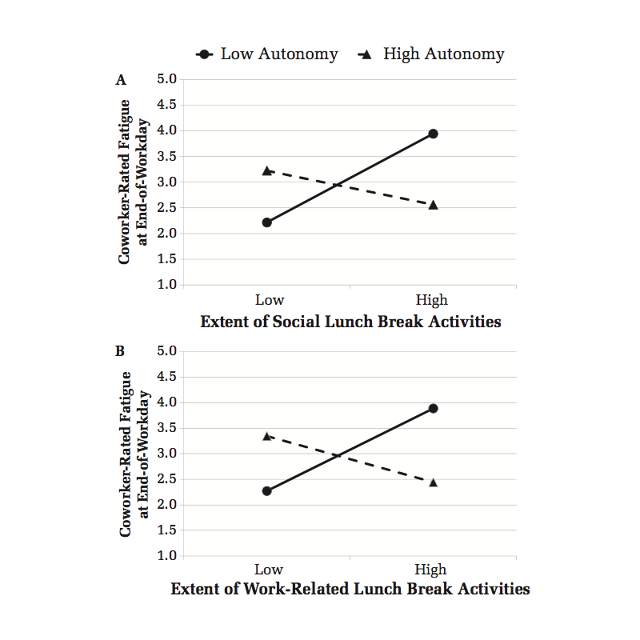
7. the perfect Nap Is 10 to twenty Minutes
must you be lucky sufficient to have a leisure house on your workplace, or a George Costanza-fashion sleeper desk, you might be tempted to seize some shuteye right through a smash. but be sure to get the timing proper: Snooze too long, and also you’ll be even more tired than sooner than.
A 2006 study within the journal Sleep found 10 minutes to be the fitting nap length. 5 minutes was once too short to get any advantages. half of an hour put you to this point out you had a “length of impaired alertness” in a while. but 10 minutes resulted in speedy enhancements in fatigue, power, and cognitive performance lasting more than two hours.
That analysis found a 20-minute nap to be productive, too, when you got previous a groggy length of a half hour or so. Some more recent evidence lends additional strengthen to that size. A trio of Japan-based researchers stories that check members who took a 20-minute siesta in a laboratory showed improvements on a job-switching test after they aroused from sleep—though it’s worth noting that they bought a 15-minute post-nap restoration period first.
“This authentic finding within the switching job implies that a short afternoon nap could cut back switching mistakes and could fortify work effectivity in real occupational settings since the results of a brief nap within the lab can be generalized to real work operations,” the researchers conclude in a 2013 issue of the journal Sleep and biological Rhythm.
On that notice—can any person get the lights?
[Top Photo: Hero Images/Getty Images]
quick company , learn Full Story
(75)

